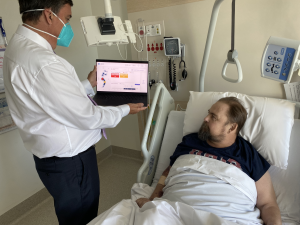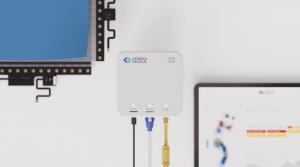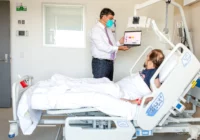Dynamic mattresses are the widely accepted solution to prevent pressure injuries, claiming to help relieve patients by distributing pressures over larger areas. Although they have been widely praised as the preferred option to prevent pressure injuries, the consistently high incidence and associated costs suggest that the use of dynamic mattresses are ineffective.
Let’s compare the performance of dynamic mattresses’ with the current PI protocols:
What are the current PI protocols?
The International Pressure Ulcer/Injury Guidelines were developed as a joint collaboration between PI organisations across the world – the NPIAP, PPPIA, and EPUAP – collaboratively consolidating their recommendations and practices in PI protocols. They serve to advise hospitals and staff on how to prevent, treat, and manage pressure injuries.
What do they say?
The International Guidelines state that PI care needs to be personalised. Individuals need to be frequently and consistently repositioned regardless of the type of pressure redistribution support surface being used. The frequency of the repositioning must be tailored to each patient depending on the level of their mobility.
What does this mean for dynamic mattresses?
Taking the research-backed recommendations of the International Guidelines in mind, although dynamic mattresses help prevent pressure injuries to a degree, they cannot effectively manage PIs. However, due to the lack of awareness surrounding PIs, it has become a common misconception that once placed on a dynamic mattress, patients no longer need to be given regular turning and repositioning. In fact, no matter what surface they are on, patients still need to be repositioned with a personalised schedule and routine to prevent PIs from developing.
Machine learning and AI combined with real healthcare providers

Lenexa Medical’s patient-centred technology aims to solve this problem and save staff’s time to make individualised assessments for each patient. The LenexaCARE® system – a continuous-care patient monitoring and management system – converts a traditional hospital mattress into a patient monitoring platform. It provides busy healthcare staff with the information they need to effectively manage PI care before they begin to develop.
Comprising a patented integrated fabric-based sensor, user interface and AI software, the technology is personalised to each patient, with real-time pressure profile and position information.
Our technology will provide clinicians with non-subjective data to monitor patient position over time and indicate where the patient’s specific pressure areas are; effectively saving nurses’ time while providing accurate personalised data to enable early interventions and prevent pressure injuries from developing.

To learn more about Lenexa Medical, visit https://lenexamedical.com/
Partner with us, https://lenexamedical.com/invest/
References
European Pressure Ulcer Advisory Panel, National Pressure Injury Advisory Panel and Pan Pacific Pressure Injury Alliance. Prevention and Treatment of Pressure Ulcers/Injuries: Quick Reference Guide. Emily Haesler (Ed.). EPUAP/NPIAP/PPPIA: 2019.
European Pressure Ulcer Advisory Panel, National Pressure Injury Advisory Panel and Pan Pacific
Pressure Injury Alliance. Prevention and Treatment of Pressure Ulcers/Injuries: Clinical Practice
Guideline. The International Guideline. Emily Haesler (Ed.). EPUAP/NPIAP/PPPIA: 2019.
For further reading:
https://www.internationalguideline.com/
